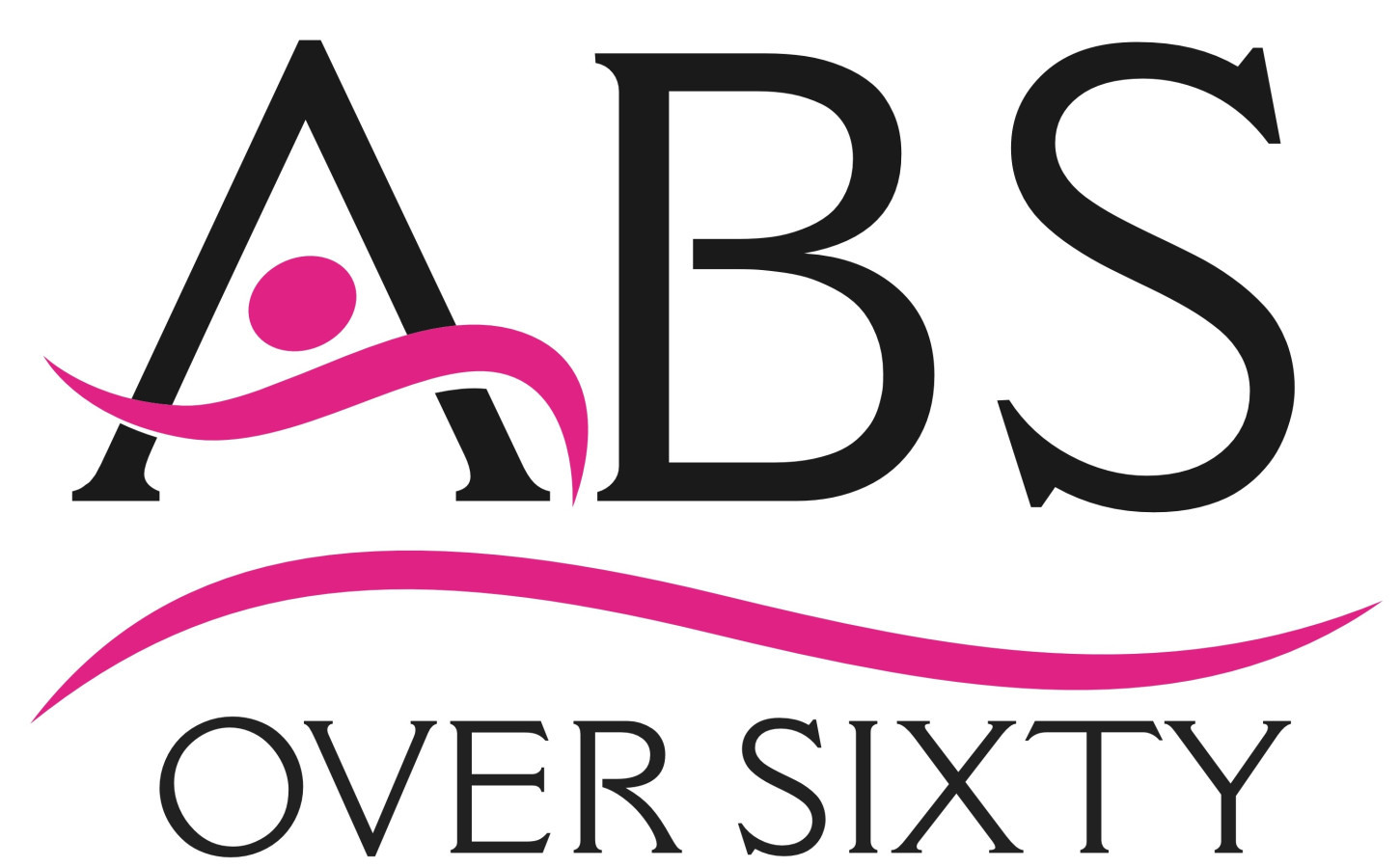These days it takes more than an apple a day to keep the doctor off your back.
The good doc is going to pester you about your blood pressure and cholesterol levels—apple or not. And who can blame him?
According to the American Heart Association, 105.2 million adults have borderline to high risk blood cholesterol levels. In addition, nearly one in three adults suffers from high blood pressure. And these numbers grow every year.
And what’s even scarier is that 82% of those at high risk are unaware of their condition.
So what do you do? Pop a pill and try not to think about it? Or maybe you join the 82% and don’t even bother to have your blood pressure and cholesterol checked – what you don’t know can’t hurt you, right?
Whether you’ve had your blood pressure and cholesterol levels checked lately or not, these conditions are deadly and sneaky—many people are unaware of the danger lurking in their own arteries.
What’s so bad about high blood pressure and cholesterol levels? In a nutshell, these conditions raise your chances for having a stroke, kidney failure, heart disease or heart attack. Here’s the lowdown:
Blood Pressure is recorded in two numbers. The first describes your systolic blood pressure. This is the pressure when your heart is squeezing blood out. The second is your diastolic blood pressure. This is the pressure between heartbeats, when your heart is filling with blood.
The ideal blood pressure to have is 120/80 or lower. Blood pressure that falls between 120/80 and 140/90 is considered to be prehypertension—meaning that your blood pressure is higher than normal. If your blood pressure is 140/90 or higher then you officially have high blood pressure.
Cholesterol is also recorded in two numbers—high-density lipoproteins (HDL) and low-density lipoproteins (LDL). The distinction between HDL and LDL is actually quite important—LDL delivers cholesterol to your body while HDL removes cholesterol from your bloodstream. In other words, HDL cholesterol is good and LDL cholesterol is bad.
When there is extra cholesterol in your bloodstream it lines your arteries, causing them to narrow. These deposits can block an artery that flows to your heart—resulting in a heart attack, or they can block an artery that flows to your brain—resulting in a stroke.
The ideal cholesterol level to have is a number less than 200. Between 200 and 239 you are considered to have borderline high cholesterol, and 240 or higher puts you in a danger zone.
Will exercise really help lower your high blood pressure and improve my cholesterol levels? It sure will—and here’s how:
Weak Heart Muscles pump little blood with lots of effort. By exercising you strengthen your heart muscles and train them to pump more blood with less effort. The stronger your heart is the less pressure will be exerted on your arteries.
Exercise Increases HDL levels in some people—this means a decrease in your risk for heart disease. Other heart disease risk factors such as weight, diabetes and high blood pressure all show improvement with regular exercise.
Let’s be totally honest for a moment. Sure, you may be taking medication, but you need to fix the problem rather than simply hold it off.
If exercise isn’t currently part of your lifestyle you will be amazed at how it will improve your health once you start. I’m sure your doctor could share a myriad of success stories involving people just like you who dramatically improved their blood pressure and cholesterol through exercise.
Health. Isn’t that what we all ask for in the New Year?
Exercise is the answer.
The benefits of a consistent and challenging exercise program are numerous—did you know that exercise will even improve your sleep?



